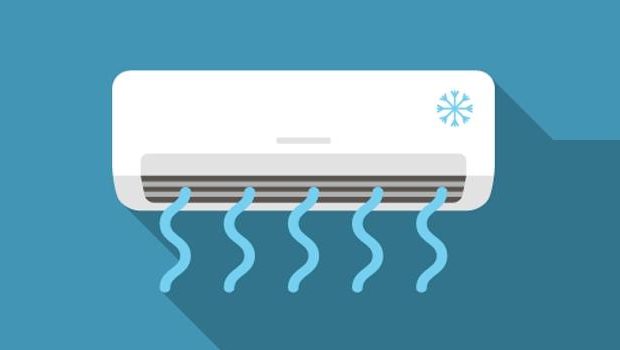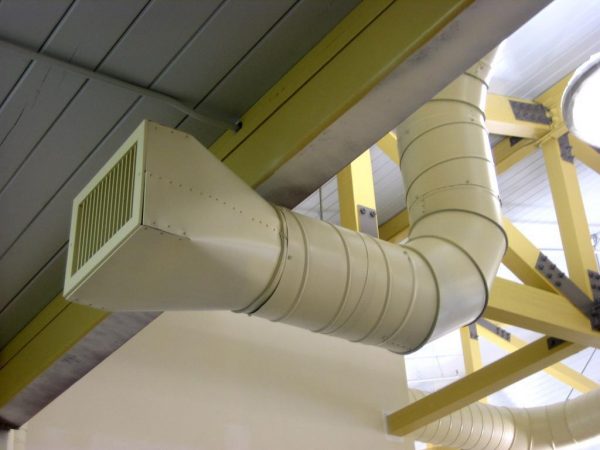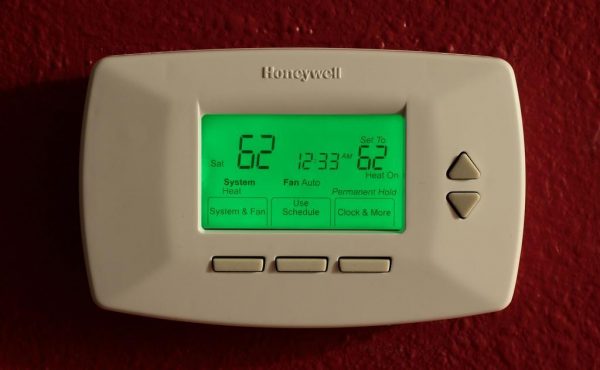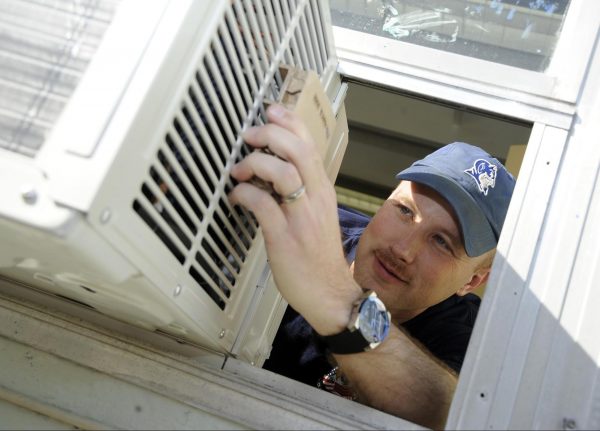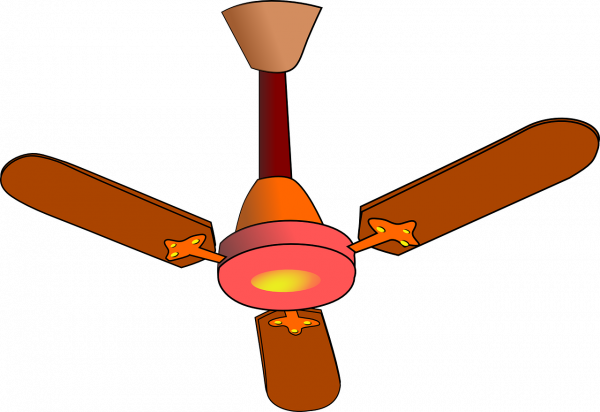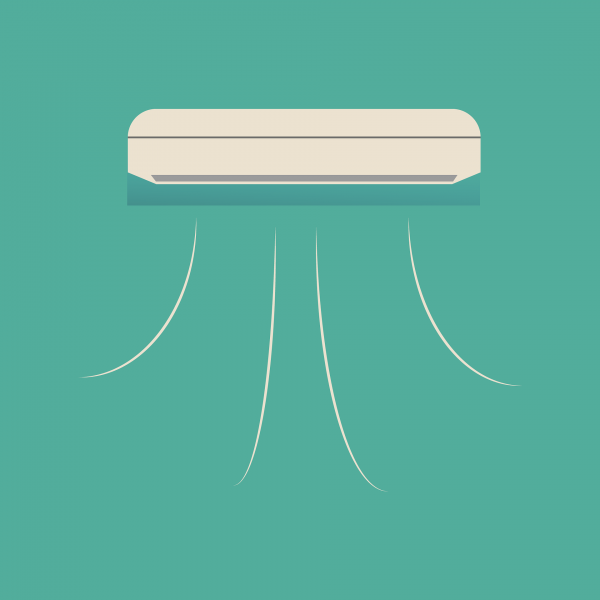8 Ways to Improve Efficiency of Your AC
During summer, when the temperature undergoes a significant rise, many of us try to find different ways to stay cool effectively as well as affordably. As air conditioning has become a norm in all regions across the country, it’s important to realize that perhaps the easiest and most affordable way to keep your home cool during the summer is to improve the efficiency of your AC. Interestingly, home air conditioning consumes more than 8% of all electricity produced in the U.S. That costs homeowners a whopping amount of more than $15 billion. Apart from that, this amount of electricity leads to the release of approximately 196 million metric tons of CO2 (carbon dioxide) per year. An air conditioner’s fans, filters, and coils need regular maintenance to make the unit perform at its best level of efficiency. If you neglect necessary maintenance, you’ll experience a steady decline in the AC’s performance and steady increase in energy use that directly contributes to increased utility bills. Ideally, you should take advantage of the offseason to perform necessary maintenance works to enhance the efficiency of your air conditioner. When the unit is not in use, it’s a lot convenient to schedule necessary works that would help you improve your AC’s efficiency while keeping the utility bills under control for a prolonged time to come. Here, we’ve outlined 8 simple yet highly effective ways to make your job a lot much easier.
1. Clean the AC filter and vents
Dusty air filters are the number one reason behind air conditioning breakdowns and they can cost you roughly 7 percent more in energy costs in hot climates. Whether you have a window or central air unit, dirty air filters lower airflow and make the cooling system and blower fan work extra hard. Ideally, you should inspect the air filters monthly and get them replaced every three months. Apart from this, if you’ve central air conditioning, you need to check the vents as well. According to some, closed vents can lower energy consumption by averting the need to cool a particular room. But in reality, closed vents actually raise the energy costs. When you open them all up, your AC unit would no longer have to struggle to keep your apartment cool or keep running after it has reached the target temperature. The vents also keep dust, dirt and other unwanted elements from blowing throughout a home. It’s a common thing that you may not have adequate time or don’t intend to put in the effort required to perform these. If so, you can always hire a local contractor, who’ll service your AC unit to make it work efficiently.
2. Check your ductwork
Nothing can be more frustrating than paying for ventilation systems only to see it functioning improperly. In some cases, it’s not the unit failing to work effectively but a home that isn’t properly sealed or insulated. If your home has lots of air leaks, the cold air can easily pass through the windows. Thus, it’s crucial to check your ductwork and find if it isn’t insulated or sealed properly. Duct leakage can drain 20 to 40 percent of the energy out of a well-operating AC unit, in case the ducts run outside the cooled region (such as garages, crawlspaces, and attics). Though air leaks are quite common in homes with aged windows and doors, any home can become a victim of leaking. Small holes around doors and windows, piping that extends from inside to outside can actually add up. They allow cold air to move out, instead of keeping the conditioned air within the living area. This can substantially lower the AC’s efficiency, forcing the unit to run ineffectively while increasing the bills. In addition, whenever the outside temperature becomes higher than your room temperature, hot air blows into the home through the cracks. You can fix the visual leaks by sealing them with proper duct insulating material. Otherwise, you should hire a professional to check the ductwork.
3. Set your thermostat appropriately
Many people don’t know how to use the programming features of their home’s thermostats properly or ways to use them efficiently. This knowledge is vital, especially when your AC unit makes up the majority of your utility bills most of the year. First, don’t place appliances like lamps, TV set and others that generate heat – close to the thermostat. Placing these appliances close to the thermostat will lead your AC unit running longer than needed. Also, you should switch it off during the daytime when the home is completely vacant. At night, when the outside air is cooler, put the temperature a couple of degrees higher than where it was during the other half of the day. Assuming you have a programmable thermostat, you can turn on the AC about half an hour before anyone comes home every day. If you don’t want to wake up feeling sticky and hot, you can also set it to switch on in the early morning. You should take some time out to thoroughly understand the settings of the thermostat. Find the manual, check the thermostat guide online, or even request the manufacturer if you’re still experiencing trouble.
4. Get an annual checkup
An improperly maintained AC unit uses anything between 10 and 30 percent more energy and ends up having a shorter lifespan. For instance, central AC compressors usually last for approximately 10 to 12 years. Proper maintenance can take that up to 20 years. Hence, it’s vital to hire a professional for tuning, cleaning and checking controls and the refrigerant levels of the unit every 2 to 3 years. If the refrigerant needs recharging, this rectification can increase the efficiency by 20 percent. Your contractor should perform the following.
- Replace dirty, clogged filters.
- Look whether the condenser or evaporator are bent. If yes, s/he should get them bent back.
- Check the evaporator coil and clean it, if required.
- If you live in an extremely humid climate, the contractor may consider adding a dehumidifying heat pipe to the system.
Professional servicing and cleaning of your air conditioning unit may cost you a couple hundred bucks but the payback is completely worth it. Though it depends on the age of your unit and the amount of dirt on it, having a professional do a complete checkup can pay you back in less than a year in terms of lowered utility bills while extending the longevity of the unit.
5. Close your blinds
A window letting the hot sunlight passing through doesn’t just heat up the thermostat but also heats up the home. If the sun continually shines into the windows, it can easily add up to the cooling costs. Direct sunlight can raise the room temperature by 10 to 20 degrees. Simply put, the less heat gets into the home, the less you need to pay to bring the room temperature back to a comfortable level. Close the window blinds during the hottest part of the day and you’ll be able to keep out the heat. Blinds also aid to insulate the windows, which stops the conditioned air from escaping. Remember to close the drapes, especially on the sunny side of the house. It’s important to note that drapes block heat and sunlight better than blinds. Apart from blinds and drapes, storm windows or other shades should also be kept closed during the daytime. So, take some time out of your schedule and go to the market. You’ll surely find some stores that sell blinds specifically designed for this purpose.
6. Lessen indoor heat
Remember one thing – the cooler your home is initially, the lesser your AC unit will have to work to make the room comfortable. One of the key ways to enhance your air conditioner’s efficiency is to stay away from using those appliances that emit too much of heat. Refrigerators, stoves, lighting, dishwashers, dryers and washers, and other household appliances are sources of waste heat, making the interior temperature of your home higher. You can negate this by keeping these heat-producing appliances away from the thermostat and avoiding the use of oven whenever your AC unit is turned on. You can also try outdoor grilling or recipes that don’t need cooking such as smoothies or salads. Interestingly, humidity is the thing that actually spurred the requirement of air conditioning. Inadequate humidity control in humid climates can lead to various moisture-related problems. Present-day AC units may dehumidify as they cool but that is incidental to their key job of controlling the temperature. Ideally, you should have a stand-alone dehumidifier to lessen the indoor heat.
7. Use ceiling fans to promote air flow
You can always run an AC unit in your room to make it comfortable. But if you merge its power with a normal ceiling fan, you can enjoy the best of both worlds. According to NRDC (National Resource Defense Council), use of a ceiling fan can make your room feel cooler by 10 degrees and it uses only 10 percent of the energy consumed by a central air conditioner. In addition, ceiling fans can help you save energy and finally, money by keeping a room comfortable at higher thermostat settings. The moving air generated by a ceiling fan not only advocates air flow but also increases the volume of evaporation from your skin, helping you cool off. As long as the indoor humidity isn’t stifling, ceiling fans can be quite effective in keeping the room comfortable. If your fan comprises a motor that is capable of spinning in either direction, you can reap the advantages of it to lower the energy costs throughout the year. Make it rotate in a counter-clockwise motion to create a breeze during the summer and in winter simply do the opposite.
8. Replace your old air conditioner
If your AC unit is over 10 years old, you should give some serious thoughts for replacing it. Replacing a 10-year old central or window AC unit with a new-age Energy Star Model can help you cut the cooling costs roughly by 30 to 50 percent. You’ll also be able to save enough over the lifetime of the new unit to counterbalance its purchase price. This is particularly true if your home is located in a hot and humid climate. Central air conditioning units are rated through a SEER (Seasonal Energy Efficiency Ratio) rating while the window units are rated using EER (Energy Efficiency Ratio) rating. This SEER/EER rating is mentioned on the product’s Energy Guide label. The higher the rating, the more efficient the product is. For instance, if you replace your old EER5 product with a new EER10 product, you’ll be able to cut the cooling costs to half. An energy efficient unit cycles the compressor on and off so that it doesn’t operate continually. Remember that the older your unit is, the lower your energy savings will be. In addition, most of these new-age AC units are not only energy efficient but they’re environmentally sound as well.
Running an AC unit inefficiently can make your utility bill skyrocket, but the alternative of not using an AC isn’t that good either. So, try out the above ways to make the unit perform at its optimum level and enjoy a comfortable home environment while saving money in terms of reduced energy bills as the temperature goes north.
Author Bio:
Aron Rogers works as content editor for RBM. He has around 5 years of experience writing about household appliances and gadgets. He is also your typical geek with love for latest gadgets and comics.

